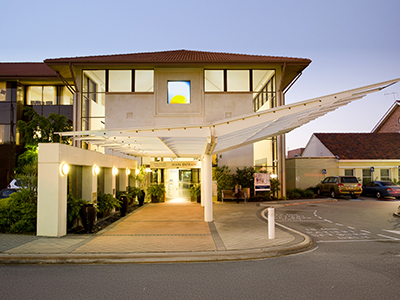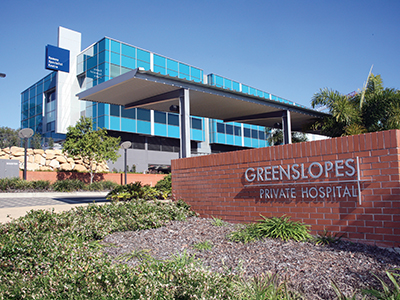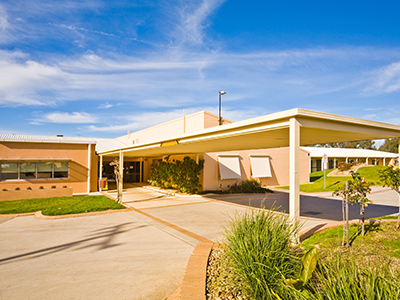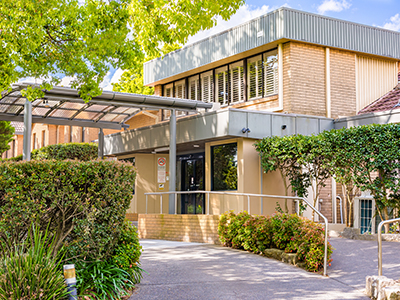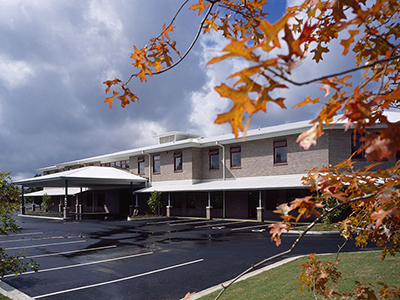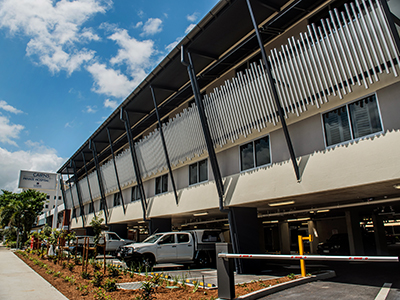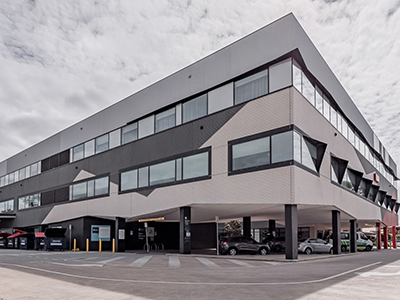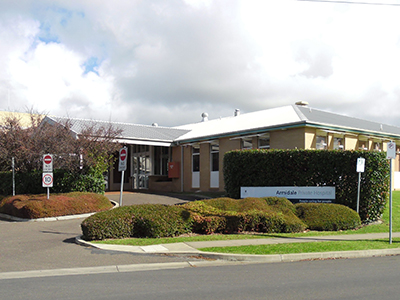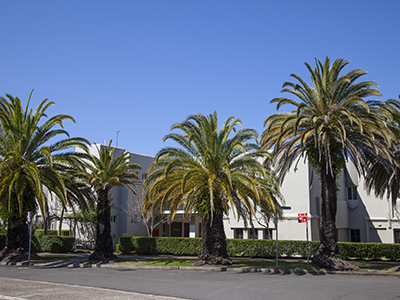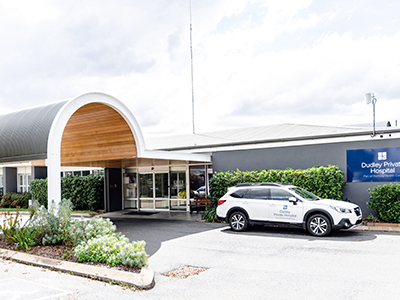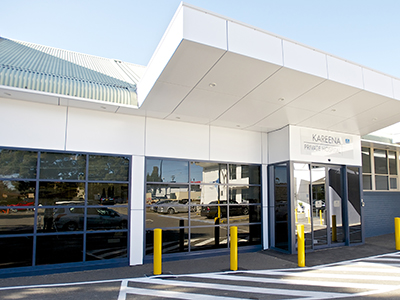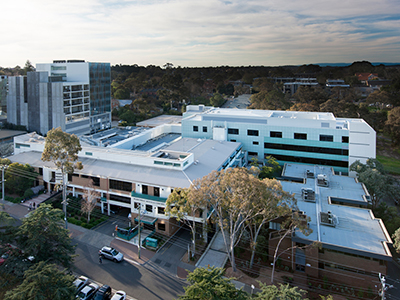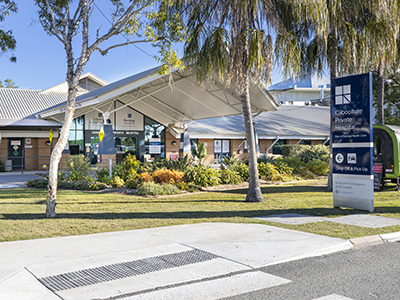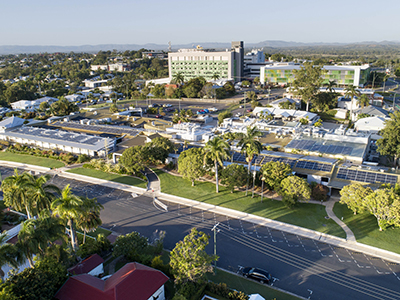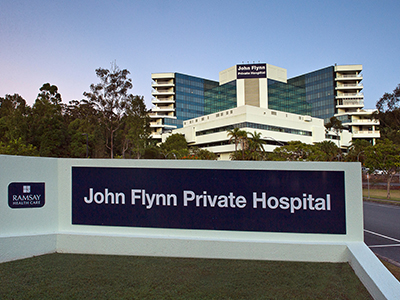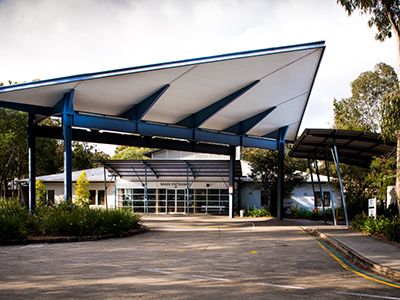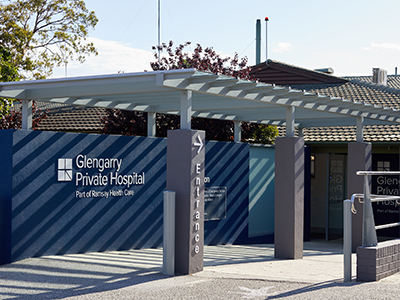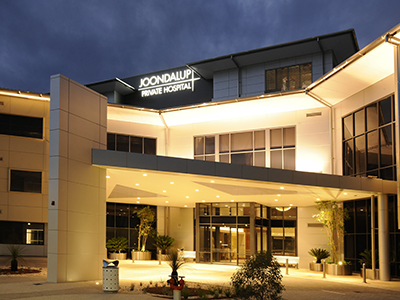Hip
What causes hip pain?
Your hip is a large ball-and-socket-shaped joint, which connects your femur bone to your pelvis. Injuries to your hip can occur suddenly or develop over time.
Wach this video to learn about some of the most common hip conditions and treatments.
Conditions and services
Ramsay Health Care hospitals offer orthopaedic treatment and support for a range of hip conditions. Here is a general guide to some of the most common services. Click on the plus sign (+) on the right-hand side of any heading to read more.
Bursitis of the hip
Bursitis is a common condition that can cause pain on the outside of the hips. Its technical name is greater trochanteric pain syndrome.
Bursitis is often caused by irritation to the iliotibial band – a thick band of tissue that runs from the pelvis, over the hip and to the knee. Normally it is protected by a fluid-filled sack called a bursa, but some things – such as walking with a limp – can cause the iliotibial band can rub across the outside of the hip, inflaming your bursa and causing pain.
Bursitis is often treated with simple painkillers, steroid injections and physiotherapy. However, if bursitis has been caused by a more serious injury (such as a gluteal tendon tear), surgery may be recommended to enable a more complete recovery.
Gluteal tendon repair
A gluteal tendon tear is an injury that affects the tendon connecting the hip muscles to the femur. This can cause pain, tenderness and difficulty with activities such as walking, running or climbing up stairs.
There are many non-surgical options for treating gluteal tendon repairs, such as painkillers, anti-inflammatories, physiotherapy, and platelet rich plasma (PRP) injections. However, surgery is sometimes recommended for large tears, or tears that haven't responded to other treatments. This is called a ligament augmentation and reconstruction system – or LARS – procedure.
The LARS technique uses a synthetic ligament to strengthen the reattachment of the gluteal tendon back to the hip bone. The aim is to enable the leg to safely bear weight again, usually with the assistance of crutches. Physical rehabilitation is often recommended as part of a recovery plan.
Hip osteoarthritis
Osteoarthritis of the hip is a disease in which the smooth cartilage that covers the ball and socket of the hip joint wears out. Without it, the hip bones rub directly against one another, causing pain.
Many people develop osteoarthritis as they get older, as even normal wear and tear can gradually damage cartilage. However, it can also develop in younger people as well, usually due to injury, a genetic predisposition, or if their hip bones are shaped a little differently.
Arthritis in the hip can cause pain in the groin, buttock or down the leg and into the knee. It can also cause stiffness, making it difficult to do even simple things like put on shoes. Arthritis symptoms often come and go, and many people find that some days and weeks are worse than others.
Total hip replacement
Most hip replacements are performed to treat osteoarthritis of the hip. However, they are sometimes also used to treat rheumatoid arthritis, necrosis of the ball joint, or a fracture in the neck of the femur.
The aim of a hip replacement is to remove the arthritic bone (usually both the ball and socket of the hip joint) and replace it with a new, artificial hip. Replacement hips are usually made of metal.
Ramsay Newsroom
Stay up-to-date with hospital news, developments, research highlights and innovation.
